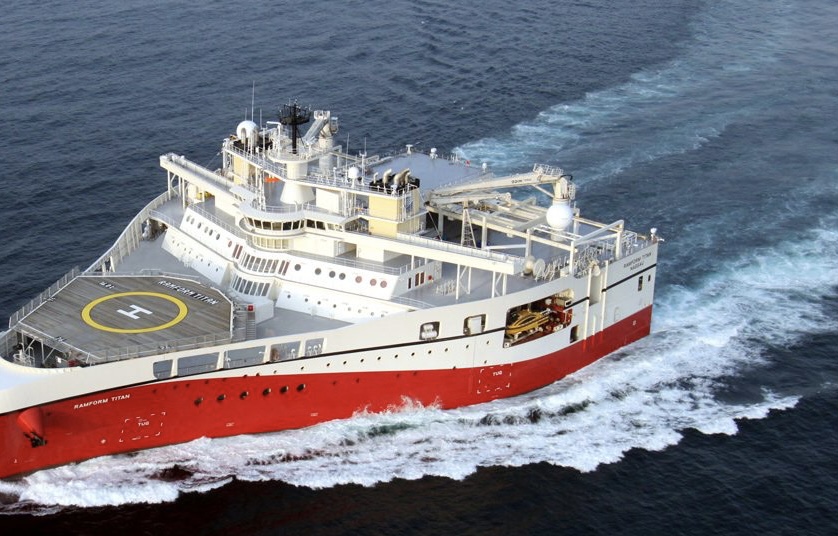KEY POINTS
- TGS and Chevron have signed a three-year agreement covering at least 18 months of seismic acquisition work using streamer and OBN technologies.
- The partnership includes joint development of new geophysical tools and integrates the St Malo 4D monitoring project in the Gulf of Mexico.
- The deal signals rising industry confidence in deepwater exploration, with both companies aiming to improve data quality and reduce long-term operational risks.
TGS and Chevron have entered a three-year seismic capacity agreement that is set to reshape how both companies approach deepwater exploration and reservoir monitoring, particularly as the global hunt for new offshore energy resources enters a more data-intensive phase.
Under the deal, the minimum guaranteed work amounts to 18 months of combined marine streamer and ocean-bottom node (OBN) acquisition services.
It is one of the stronger long-term commitments Chevron has made in the seismic space in recent years, reflecting the oil major’s renewed push for better subsurface intelligence as deepwater investments pick up.
Collaboration to Centre on New Seismic Technologies
The agreement goes beyond raw capacity. Both firms intend to collaborate on a slate of seismic acquisition projects, pairing TGS’s crews with Chevron’s exploration and development needs across several basins. The companies say the partnership will lean on both streamer technology and OBN systems, a combination increasingly seen as essential for imaging complex reservoirs and de-risking high-cost drilling campaigns.
TGS and Chevron will also work jointly on technology development, covering survey design, acquisition techniques, data collection and integration. Industry analysts say such joint innovation efforts have become more common as operators look for ways to lower the cost of high-resolution seismic while speeding up decision-making in deepwater fields.
Part of the agreement folds in the already-announced St Malo 4D OBN monitoring campaign in the Gulf of Mexico. That project, designed to track changes within the reservoir over time, will effectively kick-start the collaboration, allowing both companies to refine workflows and test emerging technologies under real operating conditions.
For TGS, the deal strengthens its foothold in the deepwater seismic market at a time when operators are again increasing spending after several years of caution. For Chevron, it reaffirms its commitment to long-cycle offshore assets and the need for more consistent, high-quality geophysical data to guide development decisions.



